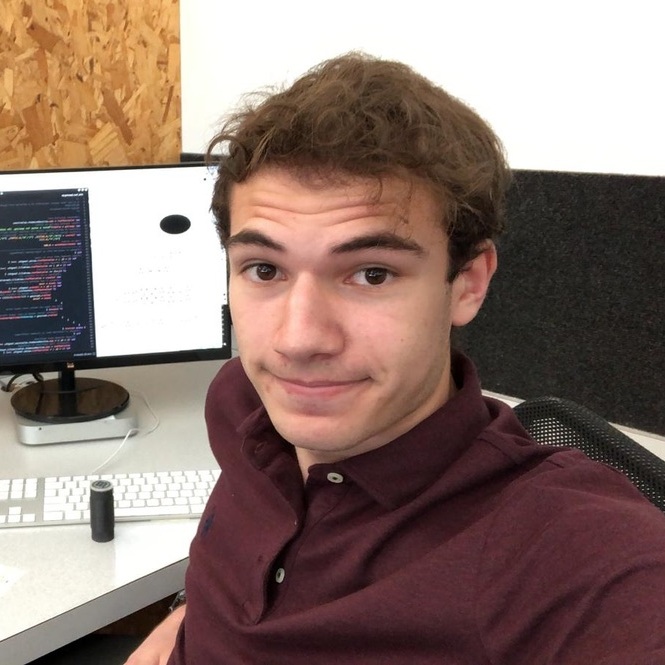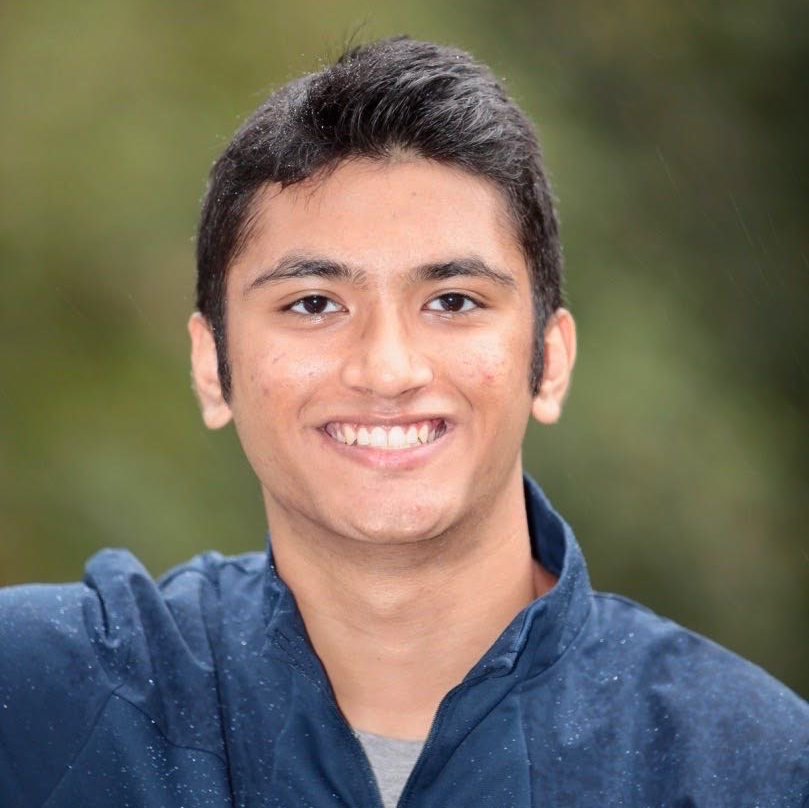Project Overview
Machine to Human Vision
Senior Design Project for Iowa State University CPRE/CYBE/EE/SE 491/492 - Fall 2023 to Spring 2024Project Contact: Alexander Stoychev
Project Abstract
The primary objective of this endeavor is to develop an advanced navigation solution tailored for individuals with visual impairments. This endeavor seeks to harness the capabilities of machine vision and machine learning technologies to devise an innovative alternative perception approach. Through the integration of these cutting-edge advancements, the intention is to convey relevant information to users through the senses of touch and sound. The crux of the proposed feedback mechanism revolves around two critical aspects: firstly, the determination of object proximity achieved through the application of stereo triangulation; secondly, the precise identification of objects facilitated by sophisticated machine learning algorithms. This holistic feedback mechanism serves as a fundamental guide for users, allowing them to comprehend their surroundings, navigate through obstacles, and gain a comprehensive understanding of their environment.
Haptic Feedback for Object Proximity
Employing stereoscopic cameras, the system will meticulously gauge depth information, subsequently conveying these depth metrics to users via haptic feedback motors that generate vibrations. Notably, there are 16 distinct haptic feedback motors deployed within the design. These motors serve as conduits of tactile information, translating the concept of proximity into distinct and discernible vibrational patterns. The vibrational intensity emitted by each motor is calibrated in accordance with the relative distance of objects. We determine object proximity based on the image disparity (the farther away, the smaller the disparity).
Object Identification
Use the camera images and identify objects within the image. There are many existing apis that can be used to identify objects within an image. This could be expanded to identify individuals similar to google photos. After identification, the aim is to utilize an existing text-to-speech converter to read all of the objects that are identified within the image.
Expected Deliverables
- Determining the most suitable existing stereo camera system to buy.
- Developing a working prototype utilizing a laptop for stereo only.
- Determining the best API for object identification and getting it to work with the existing stereo system.
- Getting a fully functional prototype for the project using a computer by combining the two functionalities.
- Shifting the project towards creating a mobile application that:
- Gets Stereo camera image data.
- Uses the existing code in the prototype and implements that functionality within the application.
- Move the image processing to the cloud.
- Bring a person with visual impairments to use the product and provide feedback.
Team Members
Sami Bensellam
Project Lead
Senior at Iowa State University majoring in Software Engineering and minoring in Data Science from Ames, IA.
Alexander Black
Hardware Lead
Senior at Iowa State University majoring in Computer Engineering from Plainfield, IL.
Jacob Lyons
Component/System Design
Senior at Iowa State University majoring in Computer Engineering from Davenport, IA.
Sergio Perez-Valentin
Software Lead
Senior at Iowa State University majoring in Software Engineering and minoring in Cyber Security from Grinnell, IA.
Yogesh Chander
Hardware Integration
Senior at Iowa State University majoring in Computer Engineering from West Des Moines, Iowa.
Jacob Burns
Software Development
Senior at Iowa State University majoring in Software Engineering from Rosemount, MN.
Weekly Reports
Fall Report 1Fall Report 2
Fall Report 3
Fall Report 4
Fall Report 5
Spring Report 1
Spring Report 2
Spring Report 3
Spring Report 4
Design Documents
Design DocumentChapters:
Preamble1. Team, Problem Statement, Requirements, and Engineering Standards
2. Project Plan
3. Engineering Design
4. Testing Design
5. Implementation
6. Professionalism
7. Closing Material
Peer Review
Peer Review PresentationFinal Video
Final Deliverables
Final ReportFinal Presentation
Final Poster